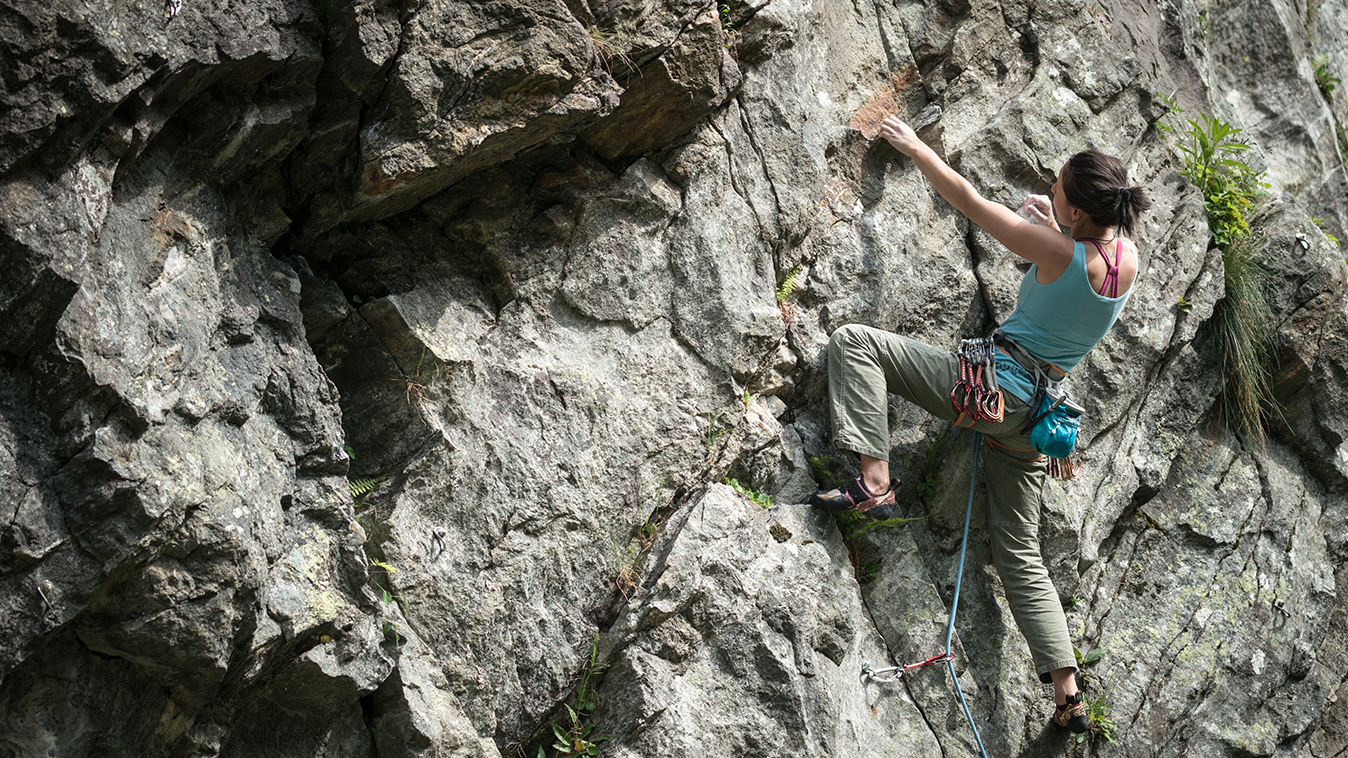
Home TIPS FOR AVOIDING COMMON OUTDOOR INJURIES
As the weather warms up, many of us eagerly return to outdoor activities like hiking, climbing, cycling, and gardening. While it’s exciting to get moving again, that enthusiasm can sometimes lead to jumping in too quickly—without the proper preparation—making injuries more likely.
Below we look at some common injuries and tips for preventing them for these popular outdoor activities.
Skin injuries like blisters, sunburn, and bug bites are the most common hiking injuries and are easily treatable and preventable by planning ahead (making sure to apply bug spray and sunscreen, and wearing appropriate clothing) and packing a first aid kit. Other common injuries to prepare for include:
Often, climbing injuries affect muscles, tendons, and ligaments in the arms and shoulders:
Impact injuries are very common among cyclists, so bike safety is very important in preventing serious injury. Other injuries to watch for include:
Working in the garden can place stress on muscles and joints which may not have been used in several months. Many injuries are caused by accident and may occur gradually over time and may not develop symptoms until they become more serious. Injuries to be aware of include:
If you do experience pain as a result of your favourite outdoor activity, treatment can take many forms. Sometimes simply stopping the activity, elevating the injured area, and icing it are enough, while other injuries can involve more complex treatments. If your symptoms do not resolve, however, it’s important to speak to your health care practitioner about any pain. Your doctor might order an X-ray and ultrasound to get a picture of what’s going on in your joints, or even an MRI scan for a more detailed look.
Arthurs-Brennan, M. (2020) “Common cycling injuries: treatment and prevention.” www.cyclingweekly.com. Accessed May 6, 2025.
Mayo Clinic Staff (2023) “Plantar fasciitis.” www.mayoclinic.org. Accessed May 6, 2025.
Ignite Healthwise (2024) “Rotator Cuff Problems: Exercises You Can Do at Home.” myhealth.alberta.ca. Accessed May 6, 2025.
North Shore Sports Medicine (2024) “Common Hiking Injuries and How to Prevent Them: Insights from Physiotherapy in North Vancouver.” www.nssm.ca. Accessed May 6, 2025.
Vagy, J. (2022) “How to Climb Injury Free.” www.theclimbingdoctor.com. Accessed May 6, 2025.
Colorado Advanced Orthopedics (2025) “5 Common Gardening Injuries and How to Prevent Them.” www.coloradoadvancedorthopedics.com/. Accessed May 9, 2025.
We foster a supportive and collaborative culture designed to encourage positive patient experiences and build strong working relationships across the organization:
Our core values shape the way we work with patients, partners, and fellow employees. And, more than anything else, they’re what set Mayfair apart. In everything we do, this is what we strive for:
EXCELLENCE
We share a commitment to high quality and excellence in all that we do. This commitment calls on all of us to achieve the very best of our capabilities and exceed our own expectations.
CURIOSITY
We innovate in everything, from services to processes. We believe meaningful change and effective problem solving come only by looking at challenges and opportunities from new angles and by exercising our creativity and curiosity.
PASSION
We show pride, enthusiasm, and dedication in everything that we do. We are committed to producing and delivering high-quality results and services. We are passionate about our industry and about our company, services, partners, and patients.
COLLABORATION
Our team is supportive of each other’s efforts; we are loyal to one another; and we care for one another both personally and professionally. We promote and support a diverse, yet unified, team. We work together to meet our common goals across Mayfair clinics, locations, and geographies. Only through collaboration on ideas, technologies, and talents can we achieve our mission and vision.
SERVICE
We take pride in delivering exceptional service every day. We listen to every request with an open mind, always looking for opportunities to go above and beyond to create memorable, personalized experiences. We take responsibility to answer our referrers’ and patients’ requests and respect their time by always responding with a sense of urgency.
Start a career with Mayfair Diagnostics — one of Western Canada’s leading medical imaging teams.
Headquartered in Calgary, Alberta, we’ve been helping people f ind clarity for their health for over 100 years. At our clinics in Calgary and area, Regina, and Saskatoon, our team of radiologists, technologists, and support staff work in a truly integrated way to provide exceptional experiences for our patients. Joining our team is more than a job. It’s an investment in your future — a plan for success.
OUR PEOPLE
Our people share our quest to make a difference in our patient’s lives. We’re a team of professionals, disciplined in our skills and compassionate with our patients, providing the care and attention they need. At our core, we are a trusted partner in our patients’ health care journey. Our patients, physicians, and other health care providers rely on us for quality imaging to help manage their patient’s health care decisions with certainty. But our business is about more than just imaging. It’s about building lasting relationships and making a meaningful difference in the lives of those we meet.
OUR VISION
A world in which every person has clarity about their health. We push the boundaries of what is possible and embrace change as an opportunity. We strive to be thought leaders and encourage creativity by providing a safe place for calculated risk taking. We learn from our mistakes. We share best practices across our operations and are recognized by our peers for our work. We engage the best to help propel us forward in achieving our goals.